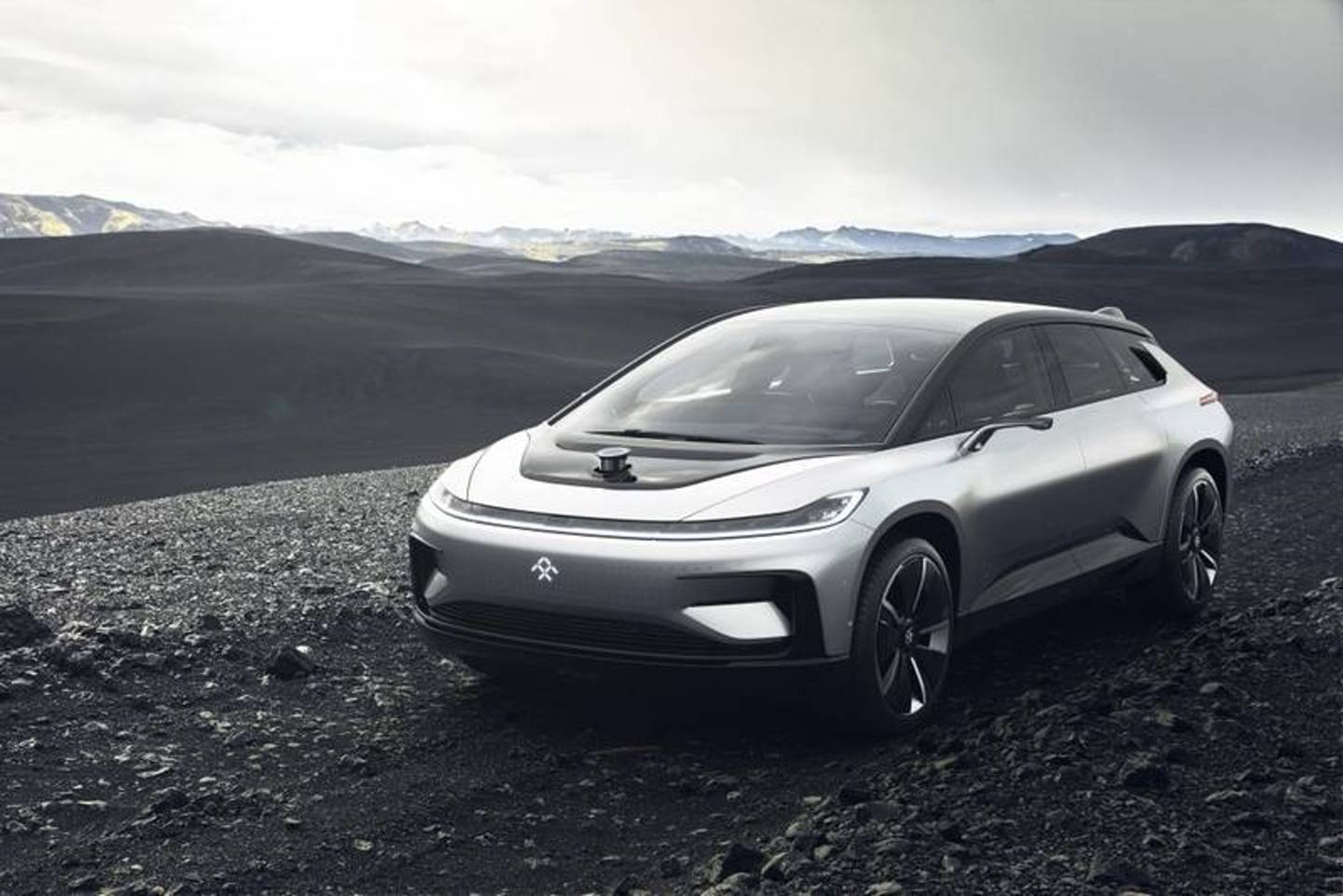

We may earn revenue from the products available on this page and participate in affiliate programs. Learn more ›
In world of clickbait and fake news, it’s essential that any writer who aspires to credibility admit a mistake. I made a mistake. I based my recent op-ed “Faraday Future’s Killer $290,000 Feature Revealed” on a quote from Faraday backer Jia Yueting to a Chinese news outlet. In analyzing the $290k figure, I used US market pricing for competing models, thereby comparing apples with oranges.
Faraday deserves a fair shake. Let’s compare apples with apples.
Jia claimed the FF-91 would cost “less than ¥2,000,000”, which as of this writing is approximately $293,000. Faraday has confirmed that this figure includes Chinese market taxes and import duties. They also said the FF-91 “will be priced competitively in the premium electric vehicle segment.”
Chinese market taxes and import duties vary, but generously assuming a high end of 40% for a luxury vehicle like the FF-91, the U.S. market price would be around $175,800. Let’s place the Faraday among theoretical competitors one more time:
$224,374 Mercedes Maybach
$221,105 Porsche Cayenne Turbo S
$180,524 BMW M760i XDrive
$175,800 Faraday Future FF-91
$166,800 Tesla Model X P100D
$166,000 Tesla Model S P100D
$160,000 (Est.) Lucid Air
$150,750 Audi S8 Plus
Once again, let’s remove those unlikely to match Faraday’s launch feature set for 2018, and what’s left?
$175,800 Faraday Future FF-91
$166,800 Tesla Model X P100D
$166,000 Tesla Model S P100D
$160,000 (Est.) Lucid Air
The Faraday is still more expensive than either Tesla, an established brand with the only real infrastructure/ecosystem in the electric car space. Place it alongside the Lucid Air — a stunning vehicle with nearly identical technology, more range and also backed by Jia — and I know which one I’d buy.

The Lucid Air
, The Lucid Air, Lucid MotorsThe rest of my argument against the FF-91 still stands. Despite protests that it’s a state-of-the-art crossover, I still see a premium electric/connected/autonomous minivan. By the time the FF-91 hits the market — which Faraday claims will be in 2018 — every single feature they’re touting will be commoditized among luxury vehicles. Even if legacy auto makers don’t get competing products to market by then, Tesla will. Tesla’s only a battery, interior and wireless software upgrade away from where Faraday wants to go.
I am 100% behind innovation and new companies challenging the old guard. Tesla has led the way. Faraday is packed full of talent. The FF-91 is packed full of technology. But its packaging is all wrong. Even if you like its looks, even if you hate the Model X, the Model S is out there at a lower price, and the gorgeous Lucid Air is at least as likely to hit the market when the FF-91 does.
If you’re going to sell a minivan, price it like one. If you’re going to sell mobility, price it that way. Mobility currently tops out at $75,000, or the price of an Escalade, Suburban or Tahoe.
That’s where the FF-91 needs to be.
I’ve often said I hate houseboats. Bad houses, bad boats. I was wrong about that too. Give me the world’s fastest, most luxurious houseboat and I’d still hate it. Because it looks like a houseboat.
@Faraday: Strip the FF-91. Keep the autonomy. Cut the price by 50%. Cut a deal with Uber or Didi. Print money.
Alex Roy is Editor-at-Large for The Drive, author of The Driver, and set the 2007 Transcontinental “Cannonball Run” Record in 31 hours & 4 minutes. You may follow him on Facebook, Twitter and Instagram.
